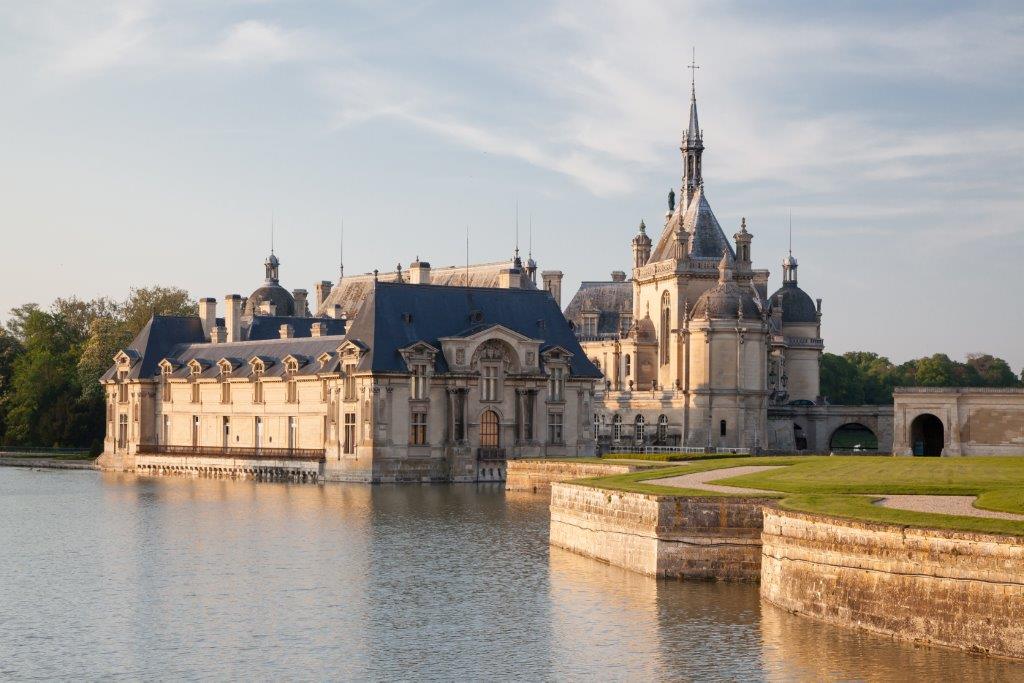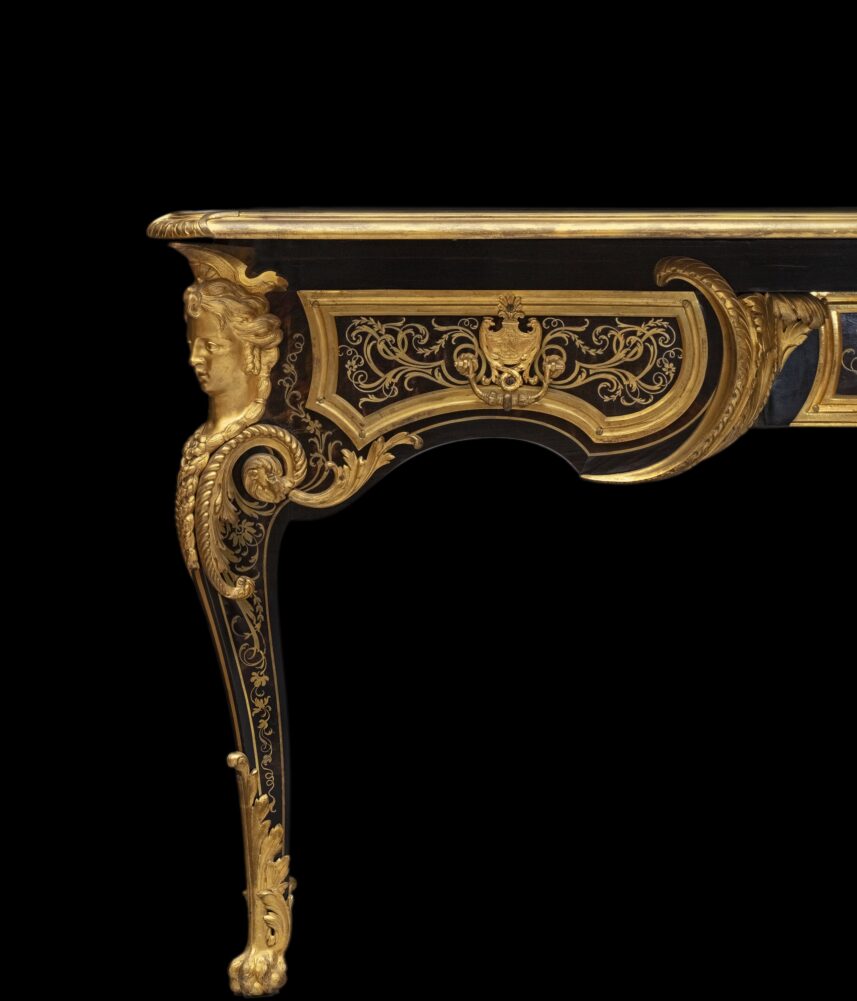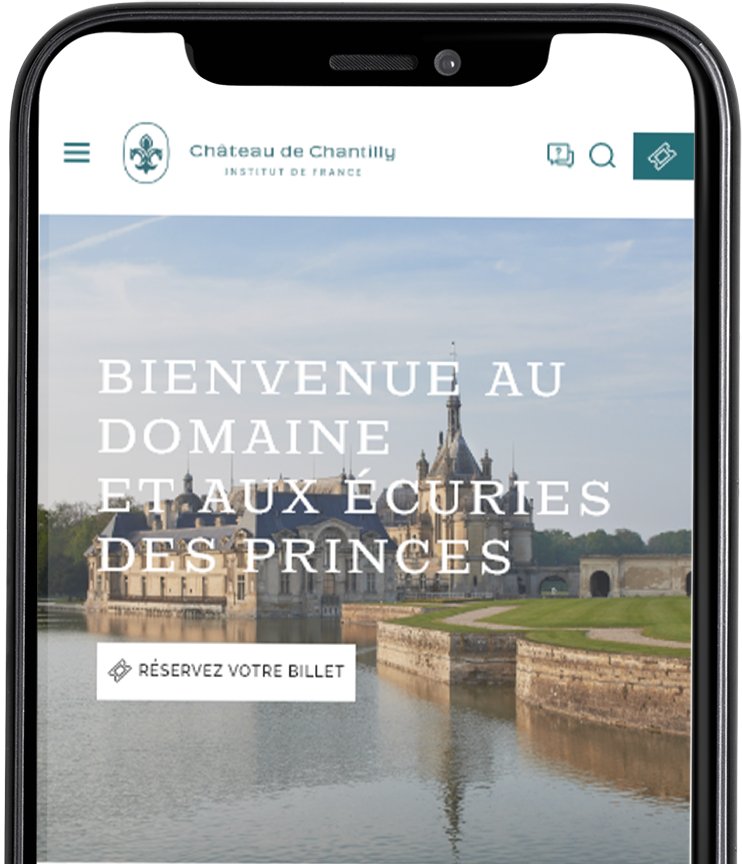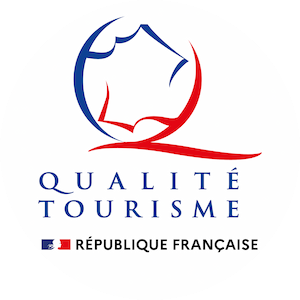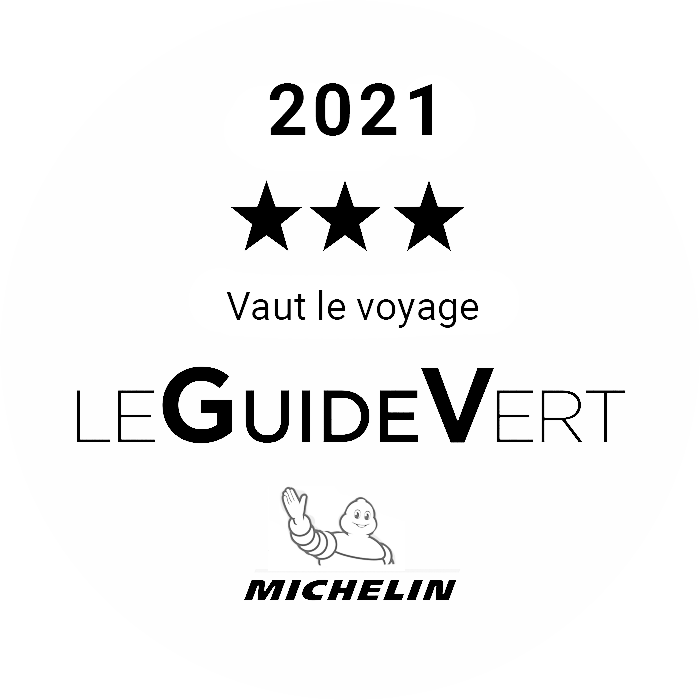The meeting between virtual and heritage
The collection of the Condé Museum in Chantilly features two desks by one of the greatest French cabinetmakers of all time, André Charles Boulle. From June to October 2024, the Large Suites of the Princes of Condé at the Château de Chantilly will host the first-ever exhibition in France to explore his life and work.
Writing table of Louis IV Henri de Bourbon-Condé, 7th Prince of Condé by André Charles Boulle
The desk designed by Boulle for Louis Henri de Bourbon, seventh Prince of Condé (1692-1740) is one of the best documented examples of the famous cabinetmaker’s work, and represents an essential milestone in the appreciation of his corpus. Three sources enable us to trace its genesis and learn about the events that marked its preservation. This “bureau de 6 pieds de long couvert en maroquin” (‘six-foot desk covered with goat leather’) was one of the prince’s pieces of furniture saved from the fire in André Charles Boulle’s workshop on the Place du Louvre on the night of 30 August 1720.
It was supposed to be finished by then. It was finally delivered to Chantilly, as it was found twenty years later, when the prince’s death inventory was drawn up, in the grand cabinet (now the Salon de Musique of the Château de Chantilly). It was then described as “un bureau de marqueterie d’ecail et cuivre a trois tiroirs garni de bronze doré d’or moulu couvert de maroquin noir de six pieds de long prisé quatre cent livres” (‘a marquetry desk of tortoise shell and copper with three drawers trimmed with ormolu gilded bronze and covered with black goat leather, six feet long and valued at four hundred pounds’). It remained there until the revolutionary confiscations of 1793, when the “grand bureau de Boul, à trois tiroirs à quatre faces” (‘large desk from Boulle, with three drawers and four sides’) was sent to the Museum central des arts (before being deposited at the Château de Versailles and then, in 2012, at the Château de Chantilly).
This desk marks the culmination of André Charles Boulle’s research into the creation of a desk that was as functional as it was majestic, worthy in this case of a prince of the blood, head of the regency council and a great lover of his works. The fantastic bronzes of women’s heads, reminiscent of those on the King’s commode at Trianon, highlight the decisive role now given to gilded bronzes, accompanying the curves of the marquetry and embracing the cabriole shape of the legs shod with lion’s paw hooves.
Date of creation: c. 1720
Structure: oak, various softwoods
Drawers: common walnut
Veneer: african ebony
Marquetry: “Boulle” type of brown tortoiseshell and engraved brass inlays
Ornamentation: ormoulu gilded mounts
Dimensions (Height x Lenght x Depth mm): 770 x 1980 x 930mm
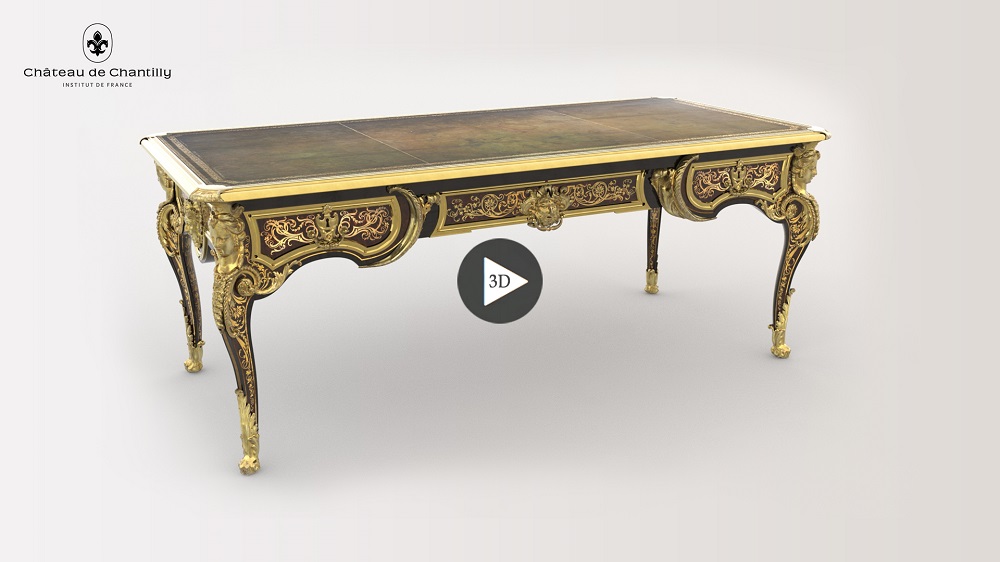
Focus on the “Boulle” marquetry
In order to cut Boulle marquetry, a ‘packet’ must first be made up. This packet is made up of two layers of soft wood (15 to 20/10ths thick) into which are placed, one on top of the other, two or three sheets of veneer of different species and/or materials, from the softest (wood, tortoiseshell) to the hardest (metals).
The whole packet is fixed with strong glue (bone and nerve) around the edges or with crimped nails. The whole is cut ‘in superposition’ with a donkey or a fret-saw, following the line of the design, which is glued to the upper wood layer. The resulting pieces are then ‘inlaid’, alternating light and dark shapes to create negative and positive patterns.
The marquetry is then glued to its support using strong glue dyed with pigments. This ‘loaded’ glue rises in the joints created by the passage of the saw blade and thus draws this so significant border on the edge of each piece of Boulle marquetry. After sanding, the metal designs are generally engraved with a bevel graver to give them relief. This engraving is filled in with wax during the finishing process.
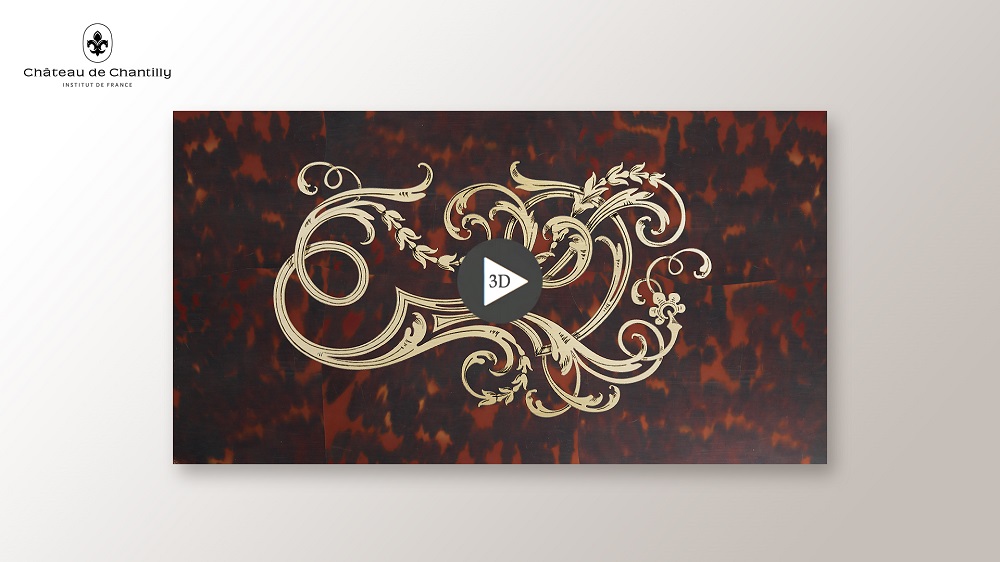
Gilded bronze Heraclitus mask (back of the desk in counterpart)
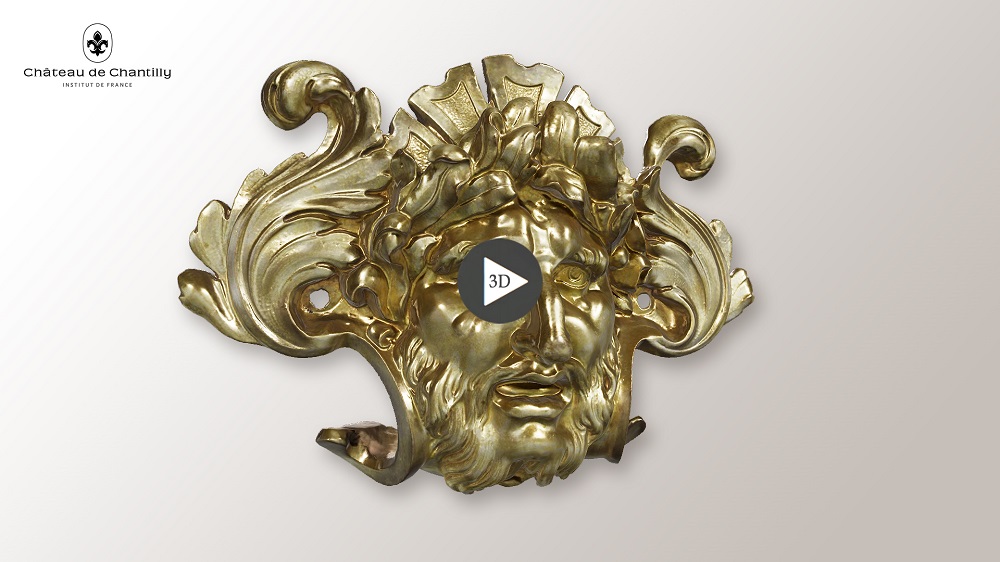
Gilded bronze Democrit mask (front side of the desk in counterpart)
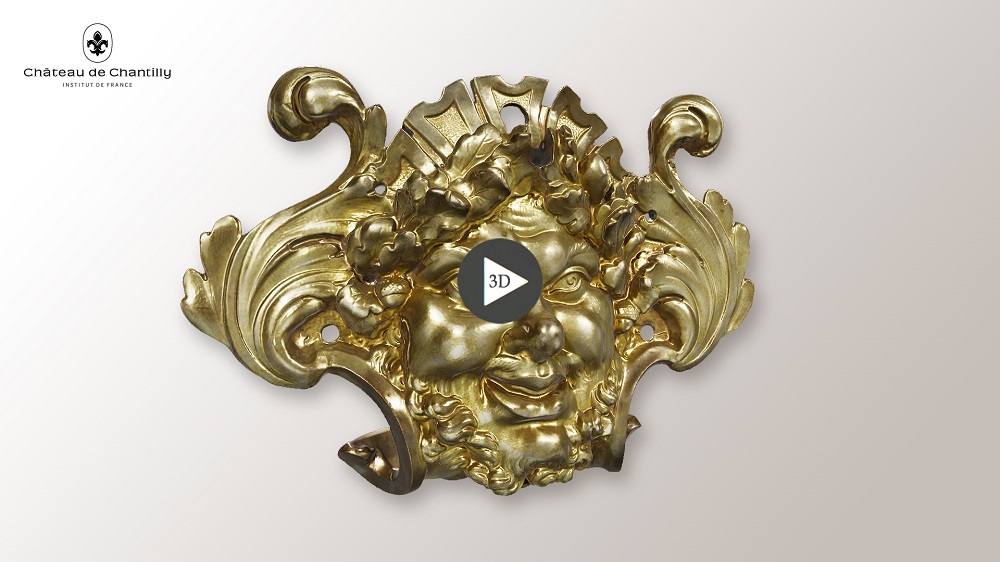
Gilded bronze woman bust (legs chutes of the desk in counterpart)
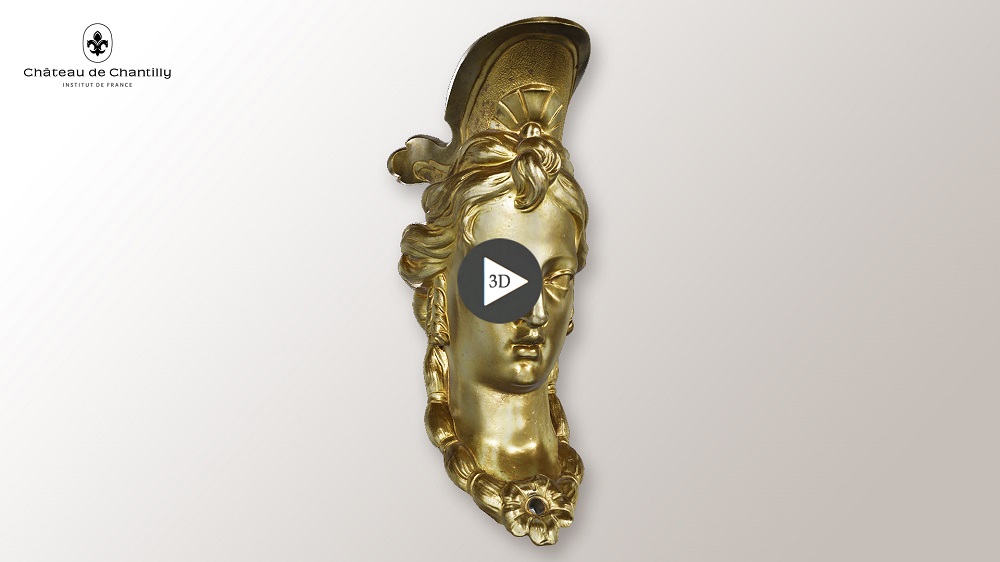
Thanks to
This digital device was made possible with the support of Maxence Hulin.
Partner


